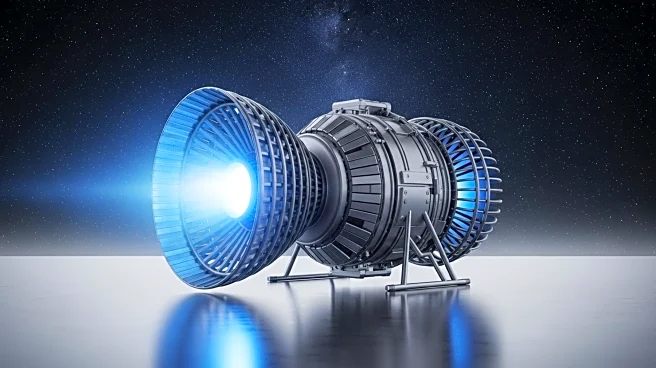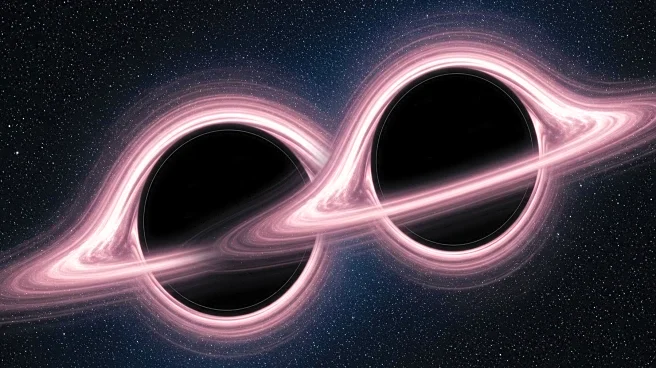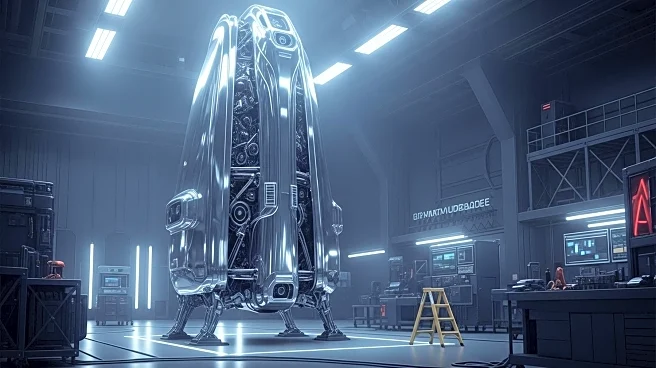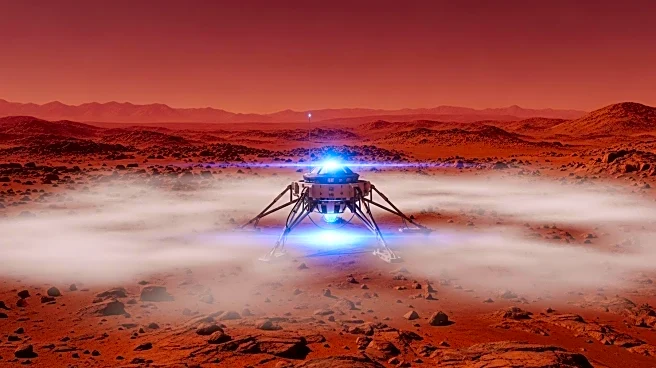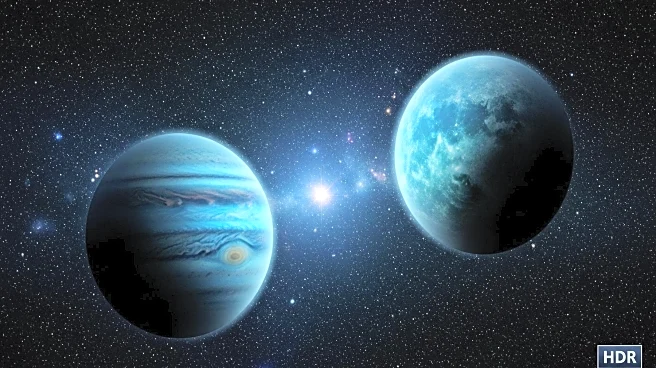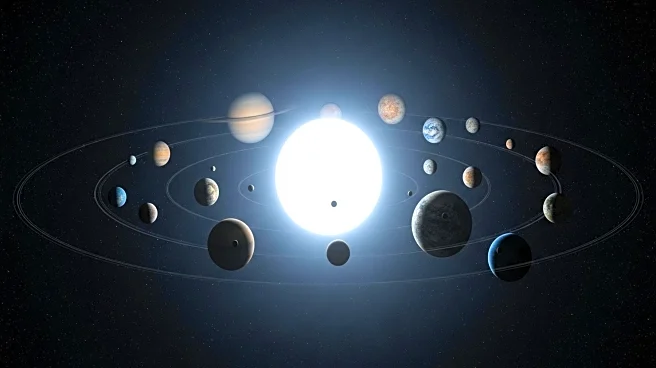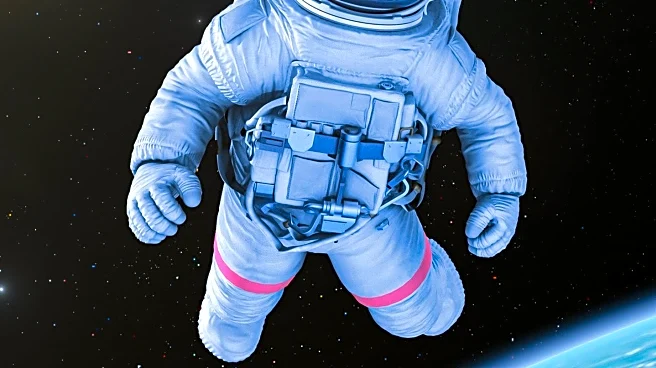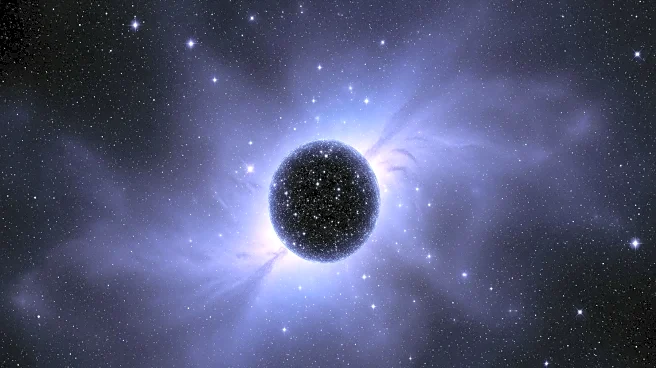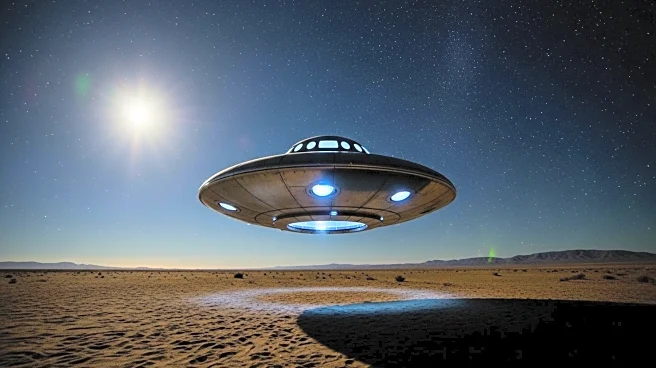What's Happening?
Astrophysicist Alexey Bobrick is investigating the potential for turning the fictional warp drive from 'Star Trek' into reality. The warp drive, a staple of science fiction, allows starships to travel faster than light by warping space-time. This concept has long been considered impossible due to the laws of physics, particularly Einstein's theory of relativity, which states that nothing can travel faster than light. However, recent discussions suggest that there might be scientific pathways to achieve this, inspired by the imaginative ideas presented in 'Star Trek'. Bobrick's research is part of a broader scientific inquiry into the possibilities of faster-than-light travel, which could revolutionize space exploration.
Why It's Important?
The exploration of warp drive technology holds significant implications for space travel and exploration. If realized, it could drastically reduce travel time between distant stars, making interstellar exploration feasible. This would open new frontiers for scientific discovery and potentially lead to advancements in technology and understanding of the universe. The concept challenges current scientific paradigms and could inspire new theories and innovations in physics. Moreover, it highlights the influence of science fiction on scientific research, demonstrating how imaginative concepts can inspire real-world technological advancements.
What's Next?
Further research and experimentation are needed to explore the feasibility of warp drive technology. Scientists will continue to investigate the theoretical underpinnings and practical applications of warping space-time. This may involve developing new models and conducting experiments to test the principles involved. The scientific community will likely engage in discussions and collaborations to advance this field. If successful, this research could lead to breakthroughs in propulsion technology and redefine our approach to space exploration.
Beyond the Headlines
The pursuit of warp drive technology raises ethical and philosophical questions about humanity's role in the universe and the potential consequences of faster-than-light travel. It challenges our understanding of physics and the limitations of human technology. Additionally, it underscores the importance of interdisciplinary collaboration between scientists and science fiction writers, as imaginative concepts can drive scientific innovation. The development of such technology could also impact global policies on space exploration and international cooperation.
